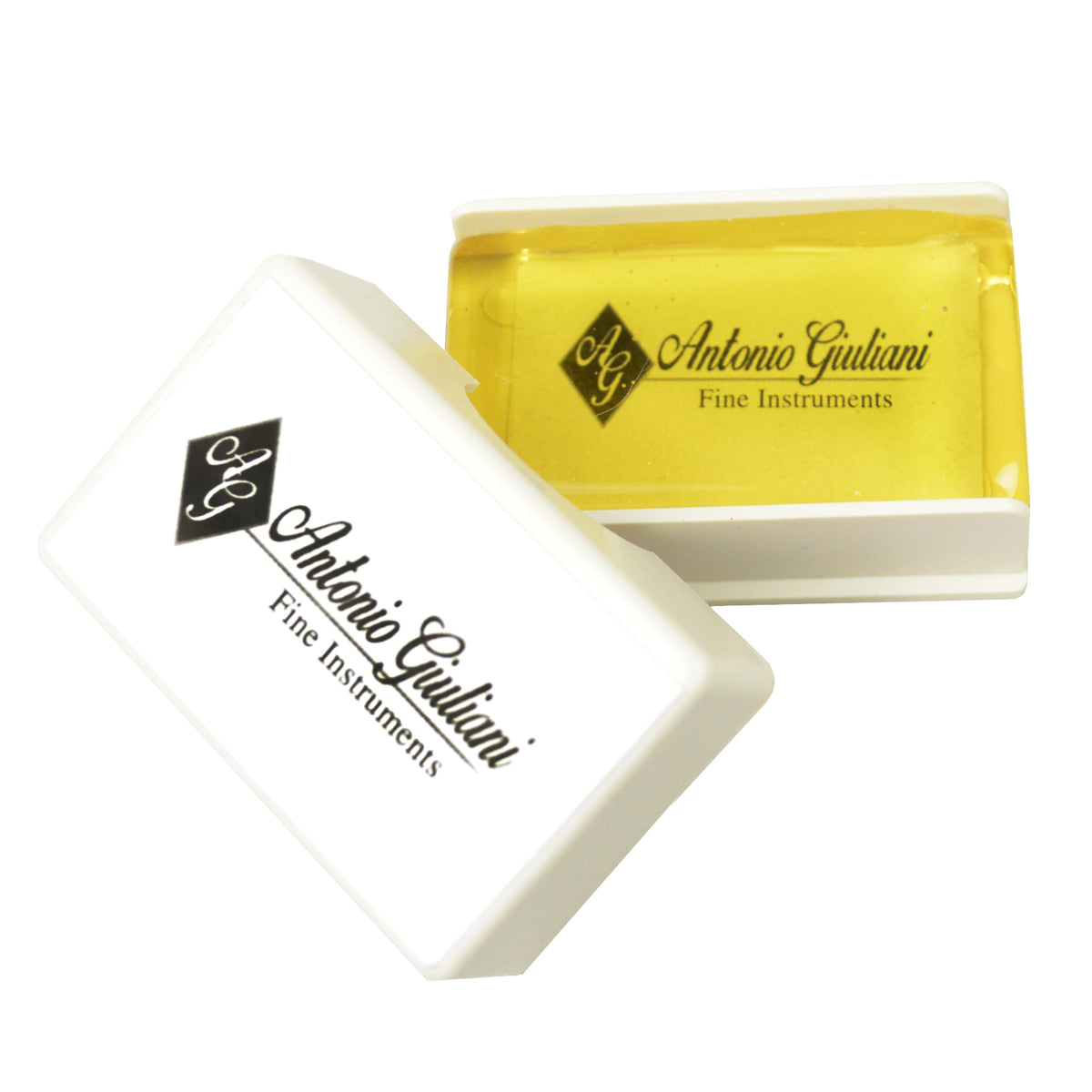How Often to Apply Rosin to Your Violin Bow

Welcome to another detailed discussion at Kennedy Violins! I’m Joel Kennedy, and today we’re diving deeper into a vital aspect of violin maintenance: applying rosin to your bow.
Having the right amount of rosin on your bow is crucial for producing quality sound, and mastering its application can significantly enhance your playing experience.
Understanding Rosin: The Basics

What is Rosin?
Rosin is a resin derived from pine trees and other conifers, vital for creating friction between the bow hair and violin strings. This friction is necessary to produce sound. Without rosin, the bow would glide over the strings silently.
Types of Rosin
Rosin varies in hardness, which can be chosen based on the climate you're in — harder rosins for cold climates and softer for warmer climates. There are a long list of rosins and it depends on your preferences as well as price point.
Check out our video for a comprehensive guide on different rosins you can use!
How Often Should You Apply Rosin?
Frequency of Play
Regular players might find themselves rosining the bow lightly before each session, while casual players might do so less frequently. The key is to observe how your bow interacts with the strings and adjust accordingly.
Key Signs to Reapply
- Reduced Sound Quality: If the violin starts sounding scratchy, it might be time for more rosin.
- Bow Slippage: A clear indicator that there isn’t enough friction between the bow and strings.
Proper Rosin Application
Preparing Your Bow
Ensure your bow hair is tight enough (about a pinky’s width from the wood of the bow) and clean from any dirt or grease.
Applying Rosin
- New Rosin Cake Preparation: If your rosin cake is new and shiny, scratch it lightly with a fork to roughen up the surface. This helps the rosin adhere better to the bow hair.
- Application Technique: Apply the rosin with firm, consistent pressure from one end of the bow to the other, avoiding rapid movements which can heat the rosin and reduce its effectiveness.
Common Mistakes
- Speeding Up: Many players speed up at the tip and the frog, which can actually melt the rosin and reduce its stickiness. Maintain a steady pace to ensure even distribution.
- Over-Rosining: Applying too much rosin can lead to a gummy buildup and a harsh sound.
Rosin Maintenance: Keeping Your Rosin in Top Shape
Storing Your Rosin
Keep your rosin in a cool, dry place to prevent it from softening and becoming overly sticky.
When to Replace Rosin
Change your rosin if it becomes too hard, cracked, or dirty, as it won't provide the necessary grip.
How Much Rosin to Use?
Balancing Rosin Application
The amount of rosin you use affects the sound quality and ease of play. More rosin makes the violin easier to play but can lead to a scratchier sound. It's a delicate balance that requires practice to perfect.
General Guideline
- For regular players: About seven to ten strokes of rosin might be sufficient for an hour of practice.
- For new bows or rehaired bows: You might need to apply more initially—up to twenty or thirty strokes—then play for a while and repeat if necessary.
Wrapping up
Understanding the nuances of applying rosin can significantly impact your violin playing. Remember, every violinist might need a different approach based on their playing frequency and climate.
Keep experimenting with how much and how often you apply rosin to find what works best for you. At Kennedy Violins, we're always here to help with your musical journey. Don’t hesitate to reach out with any questions about violin maintenance or playing techniques. Happy playing!
















